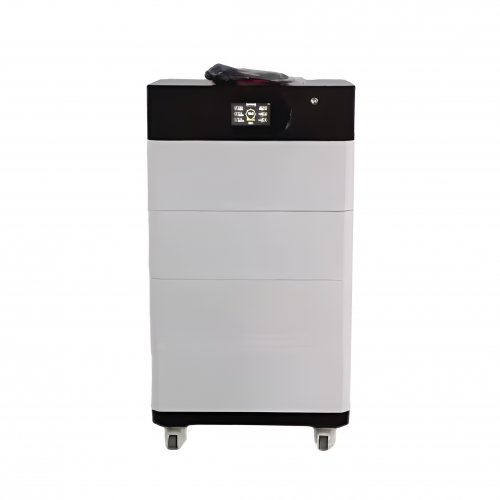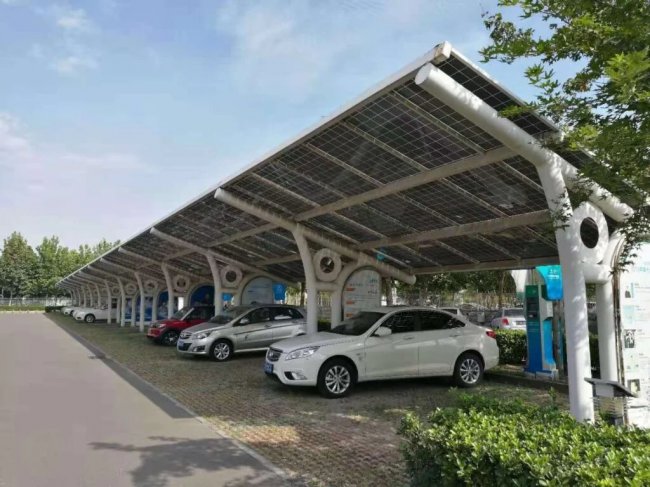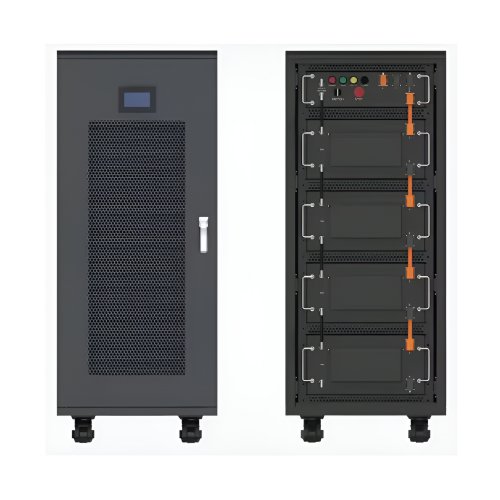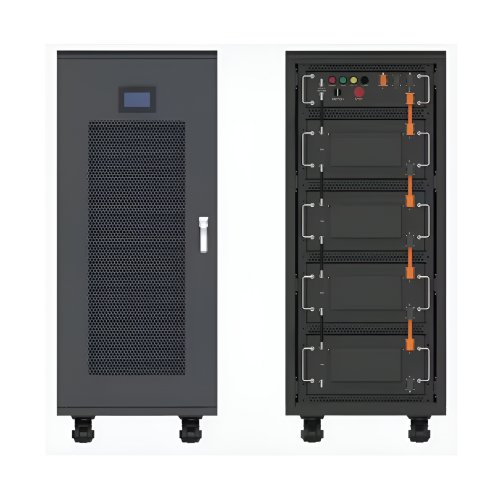Advances In Energy Density: Pioneering High-performance Energy Storage Systems
The relentless pursuit of higher energy density—the amount of energy stored in a given system or region of space—remains the central challenge in modern energy storage research. It is the critical metric dictating the operational range of electric vehicles (EVs), the flight time of drones, the duration of portable electronics, and the viability of grid-scale storage for renewable energy integration. Recent years have witnessed significant breakthroughs across various domains, from next-generation lithium-ion batteries to post-lithium technologies and supercapacitors, pushing the boundaries of what is possible.
Next-Generation Lithium-Ion Batteries: Refining the Champion
Despite the emergence of alternatives, lithium-ion batteries (LIBs) continue to dominate the commercial landscape, and their evolution is far from over. The primary strategy for enhancing their energy density has shifted from incremental cathode improvements to the adoption of revolutionary anode materials. Silicon-based anodes represent the most promising avenue. Silicon offers a theoretical capacity nearly ten times greater than that of conventional graphite anodes (approximately 4200 mAh g⁻¹ vs. 372 mAh g⁻¹). However, its practical application has been hampered by severe volume expansion (>300%) during lithiation, leading to mechanical degradation and rapid capacity fade.
Recent breakthroughs have focused on nanostructuring and sophisticated composite designs to mitigate these issues. Research by Chan et al. demonstrated that silicon nanowires can accommodate large strain without pulverization, significantly improving cycle life. Furthermore, the development of silicon-oxygen-carbon (SiOC) composites and core-shell structures, where silicon nanoparticles are encapsulated by a protective carbon layer, has shown remarkable success in enhancing structural stability. Complementing anode innovation, the adoption of nickel-rich layered oxide cathodes (e.g., NMC811, NCA) and lithium-rich manganese-rich (LMR) cathodes has increased the average voltage and capacity at the cathode side. The integration of these high-capacity electrodes, alongside the partial replacement of liquid electrolytes with solid-state conductors to enable lithium metal anodes, is pushing the energy density of LIBs toward 350-400 Wh kg⁻¹.
The Solid-State Revolution: Enabling the Lithium Metal Anode
The ultimate step-change in energy density is expected from the commercialization of all-solid-state batteries (ASSBs). By replacing the flammable liquid electrolyte with a solid ion conductor, ASSBs unlock the use of a pure lithium metal anode, which boasts the highest theoretical capacity (3860 mAh g⁻¹) and the lowest electrochemical potential. This transition could potentially double the energy density of current LIBs while simultaneously improving safety.
The core research challenge has been the development of solid electrolytes with high ionic conductivity (rivalling liquids), excellent stability against lithium metal, and facile processability. Two main categories have seen profound advancements: inorganic solid electrolytes (ISEs) and solid polymer electrolytes (SPEs). Sulfide-based ISEs, such as Li₁₀GeP₂S₁₂ (LGPS) and argyrodites (e.g., Li₆PS₅Cl), have achieved ionic conductivities exceeding 10 mS cm⁻¹. However, their instability at high voltages and sensitivity to moisture pose significant hurdles. Recent work by Kato et al. has focused on interface engineering, using thin buffer layers like LiNbO₃ to stabilize the cathode/electrolyte interface. Oxide-based ISEs (e.g., LLZO garnets) offer better stability but face challenges in interfacial contact and manufacturing. On the polymer front, innovations in cross-linked networks and composite electrolytes incorporating ceramic fillers have enhanced mechanical strength and ionic transport, bringing practical solid-state batteries closer to reality.
Beyond Lithium: Multivalent and Lithium-Sulfur Chemistry
Looking beyond the lithium-ion paradigm, researchers are exploring chemistries with inherently higher energy densities. Lithium-sulfur (Li-S) batteries are a prime candidate, with a theoretical energy density of around 2600 Wh kg⁻¹. They utilize a lithium metal anode and a sulfur cathode, which is abundant and low-cost. The principal challenges are the polysulfide shuttle effect—where intermediate reaction products dissolve in the electrolyte and migrate to the anode—and the insulating nature of sulfur and its discharge products.
Recent progress has been substantial. The design of sulfur host materials, particularly porous carbon nanostructures and polar metal compounds (e.g., MXenes, metal oxides), has proven effective in trapping polysulfides and facilitating electron transfer. Furthermore, advanced electrolyte formulations, including ether-based electrolytes with additives and nascent solid-state electrolytes, are successfully suppressing the shuttle effect. Parallel research into multivalent batteries (e.g., Mg²⁺, Ca²⁺, Zn²⁺, Al³⁺) is also gaining momentum. These systems promise higher volumetric energy densities due to multiple electron transfers per ion. A notable breakthrough was reported by Dong et al. in developing a stable magnesium borohydride electrolyte that enables reversible plating/stripping of magnesium, a critical step toward practical Mg-ion batteries.
Future Outlook and Challenges
The trajectory of energy density research is clear: a continued push toward solid-state systems and alternative chemistries. However, the path to commercialization is fraught with interdisciplinary challenges. For ASSBs, scaling up the production of thin, defect-free solid electrolytes and ensuring long-term interfacial stability at high current rates are paramount. For Li-S and multivalent systems, overcoming fundamental issues related to reaction kinetics and cathode development is essential.
Future research must adopt a holistic approach, integrating advancements in materials science with sophisticated characterization techniques and AI-driven material discovery. The focus will not only be on maximizing gravimetric and volumetric energy density but also on ensuring sustainability, cost-effectiveness, and ultra-long cycle life. The synergy between these fields promises a new era of energy storage that will power a more electrified and renewable-driven future.
References
1. Chan, C. K., et al. (2008).High-performance lithium battery anodes using silicon nanowires. Nature Nanotechnology, 3(1), 31-35. 2. Kato, Y., et al. (2016).High-power all-solid-state batteries using sulfide superionic conductors. Nature Energy, 1(4), 1-7. 3. Dong, H., et al. (2022).A stable solid electrolyte interphase for magnesium metal anode evolved from a bulky anion lithium salt. Science Advances, 8(15).
Customized/OEM/ODM Service
HomSolar Supports Lifepo4 battery pack customization/OEM/ODM service, welcome to contact us and tell us your needs.


HomSolar: Your One-stop LiFePO4 Battery Pack & ESS Solution Manufacturer
Our line of LiFePO4 (LFP) batteries offer a solution to demanding applications that require a lighter weight, longer life, and higher capacity battery. Features include advanced battery management systems (BMS), Bluetooth® communication and active intelligent monitoring.

Customised Lithium Iron Phosphate Battery Casing
ABS plastic housing, aluminium housing, stainless steel housing and iron housing are available, and can also be designed and customised according to your needs.

HomSolar Smart BMS
Intelligent Battery Management System for HomSolar Energy Storage System. Bluetooth, temperature sensor, LCD display, CAN interface, UART interface also available.


Terminals & Plugs Can Be Customized
A wide range of terminals and plugs can be customised to suit the application needs of your battery products.

Well-designed Solutions for Energy Storage Systems
We will design the perfect energy storage system solution according to your needs, so that you can easily solve the specific industry applications of battery products.



About Our Battery Cells
Our energy storage system products use brand new grade A LiFePO4 cells with a battery lifespan of more than 4,000 charge/discharge cycles.



Applications in Different Industries
We supply customized & OEM battery pack, assemble cells with wiring, fuse and plastic cover, all the cell wires connected to PCB plug or built BMS.
Applications: E-bike, Electric Scooter, Golf Carts, RV, Electric Wheelchair, Electric Tools, Robot Cleaner, Robot Sweeper, Solar Energy Storage System, Emergency Light, Solar Power Light, Medical Equipment, UPS Backup Power Supply.
We can provide you with customized services. We have the ability to provide a vertical supply chain, from single cells to pack/module and to a complete power solution with BMS, etc.


HomSolar (Shenzhen) Technology Co., Ltd
























